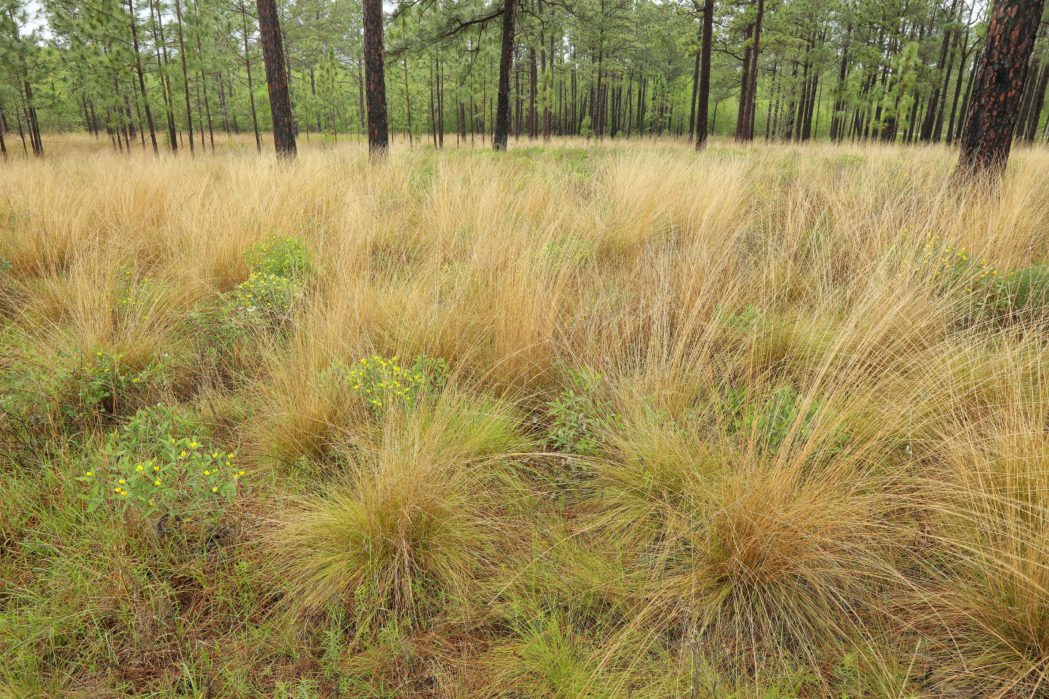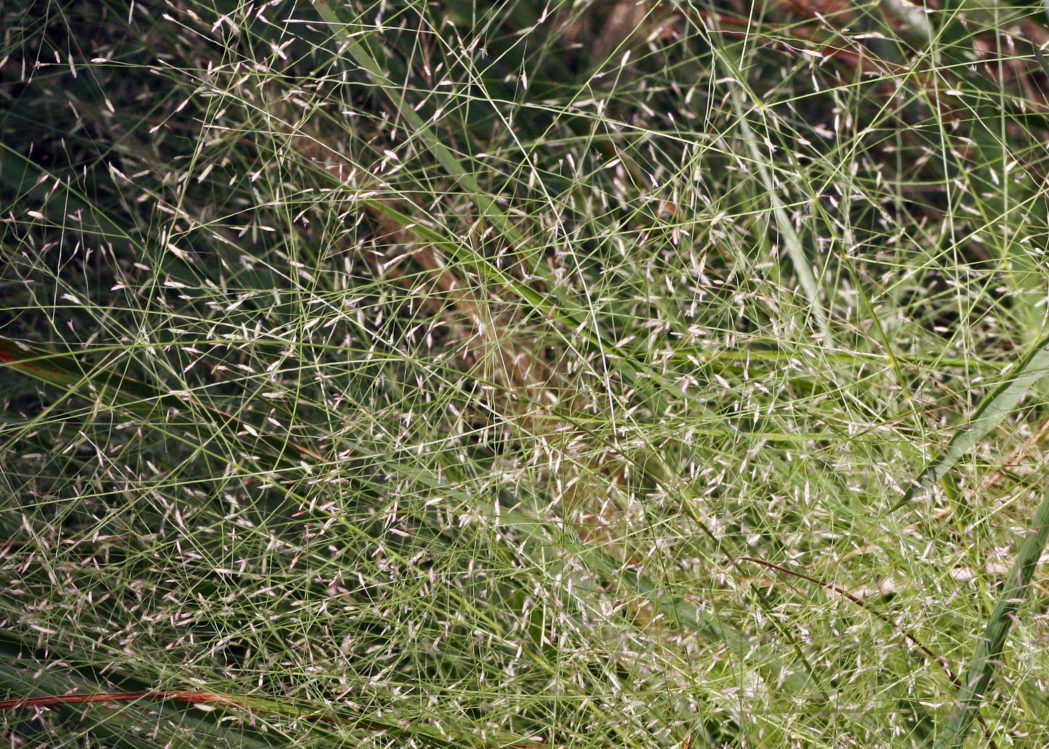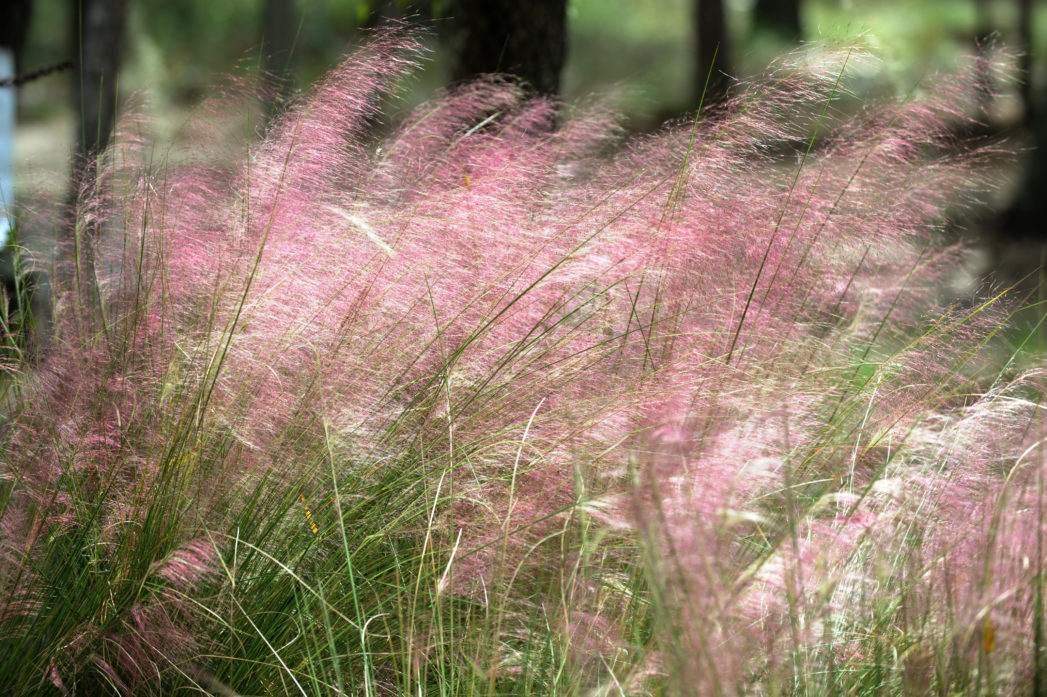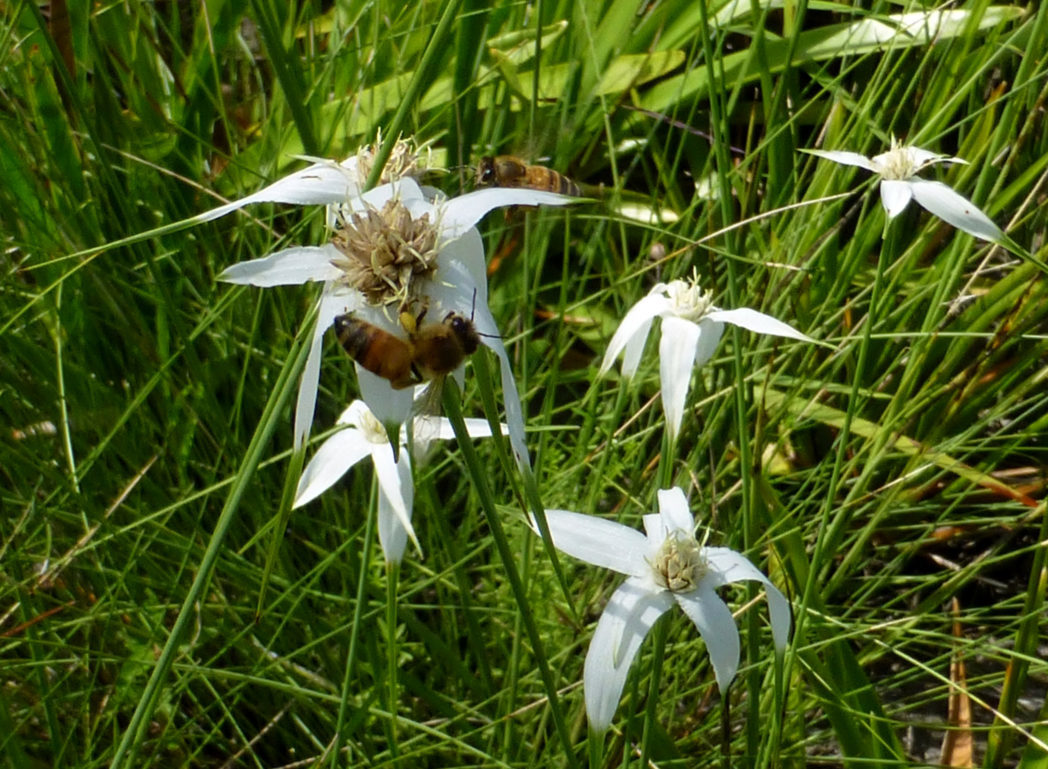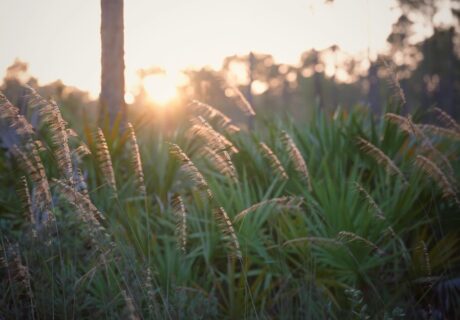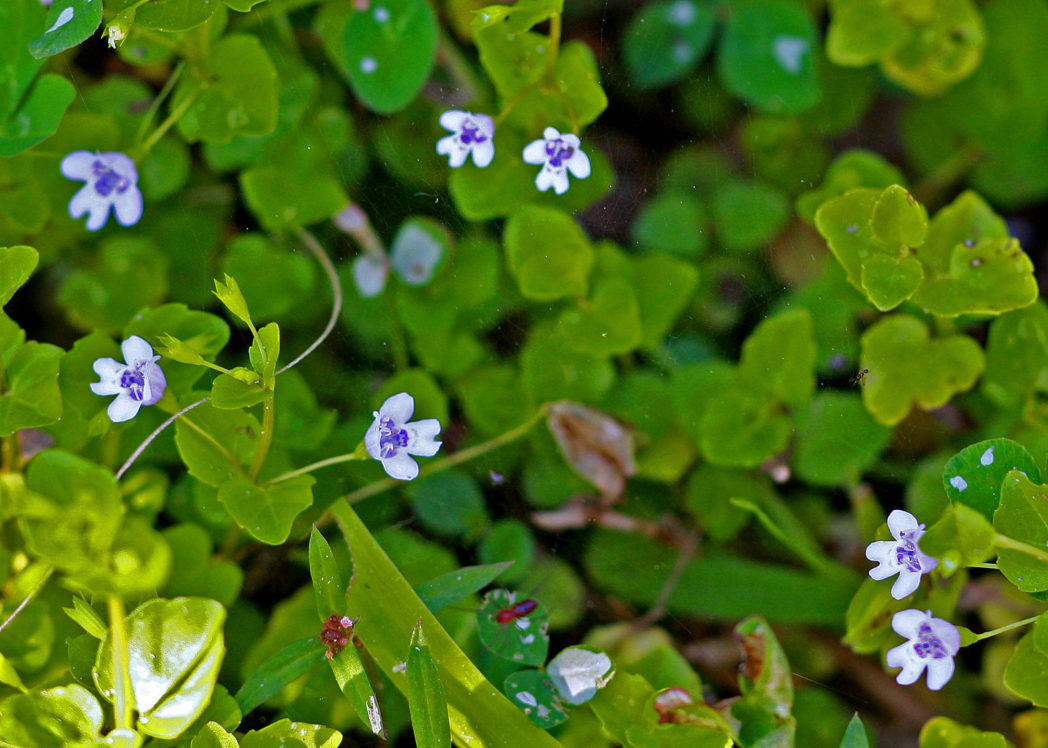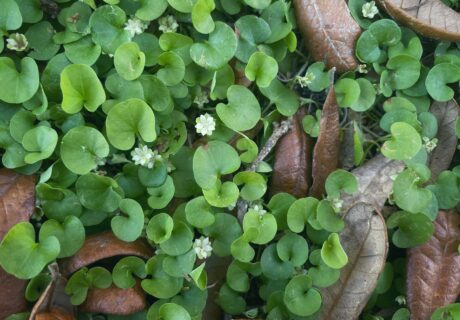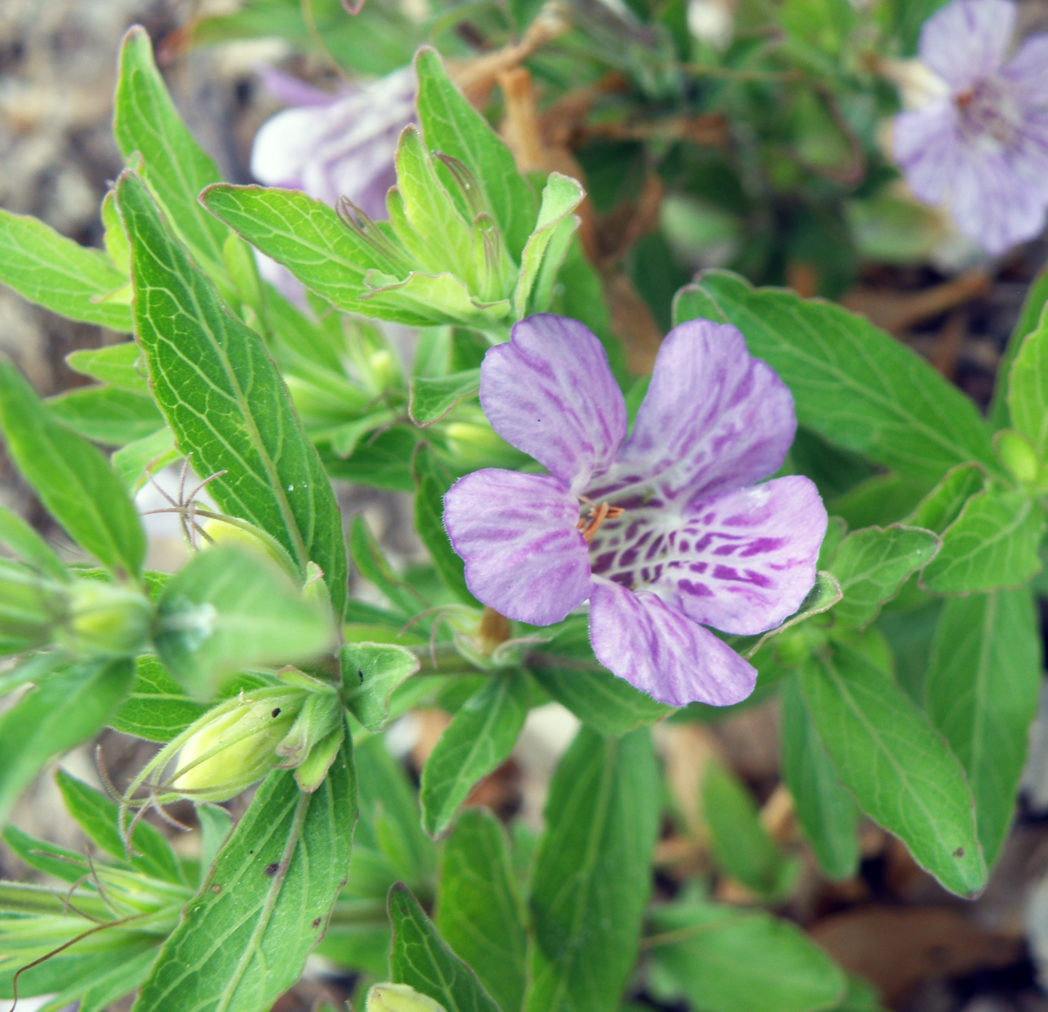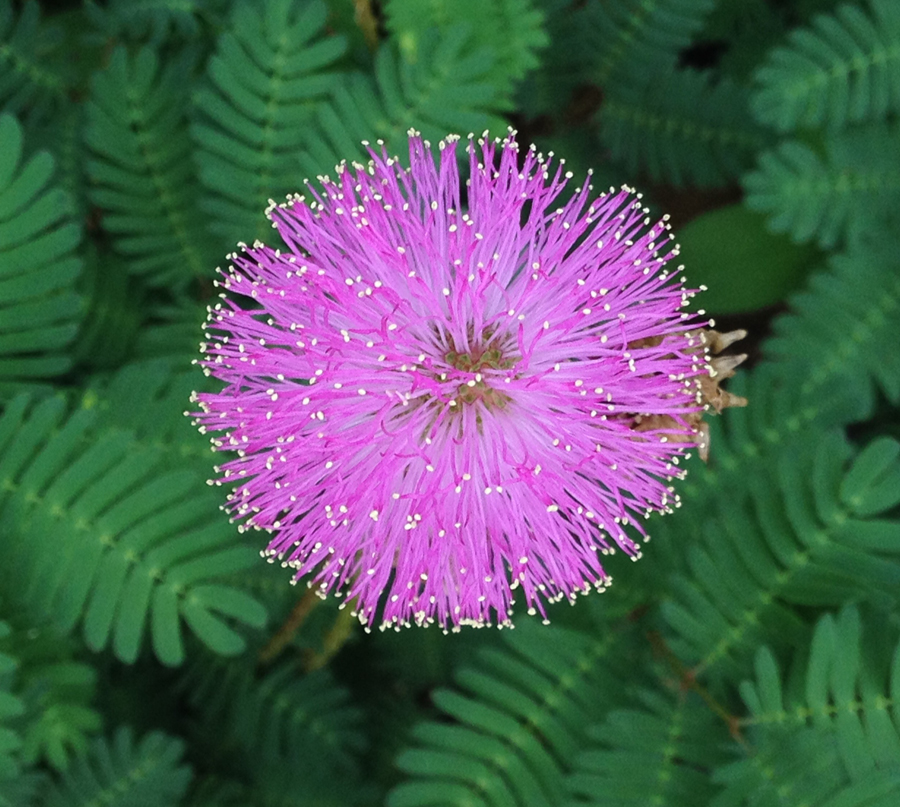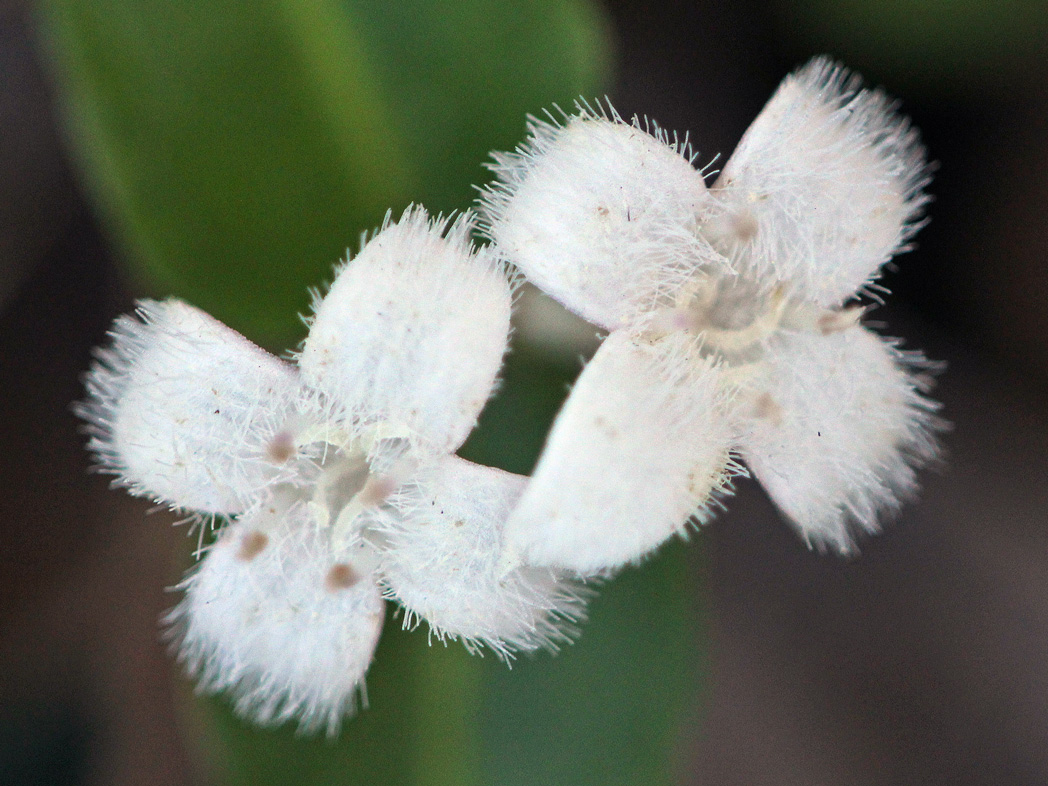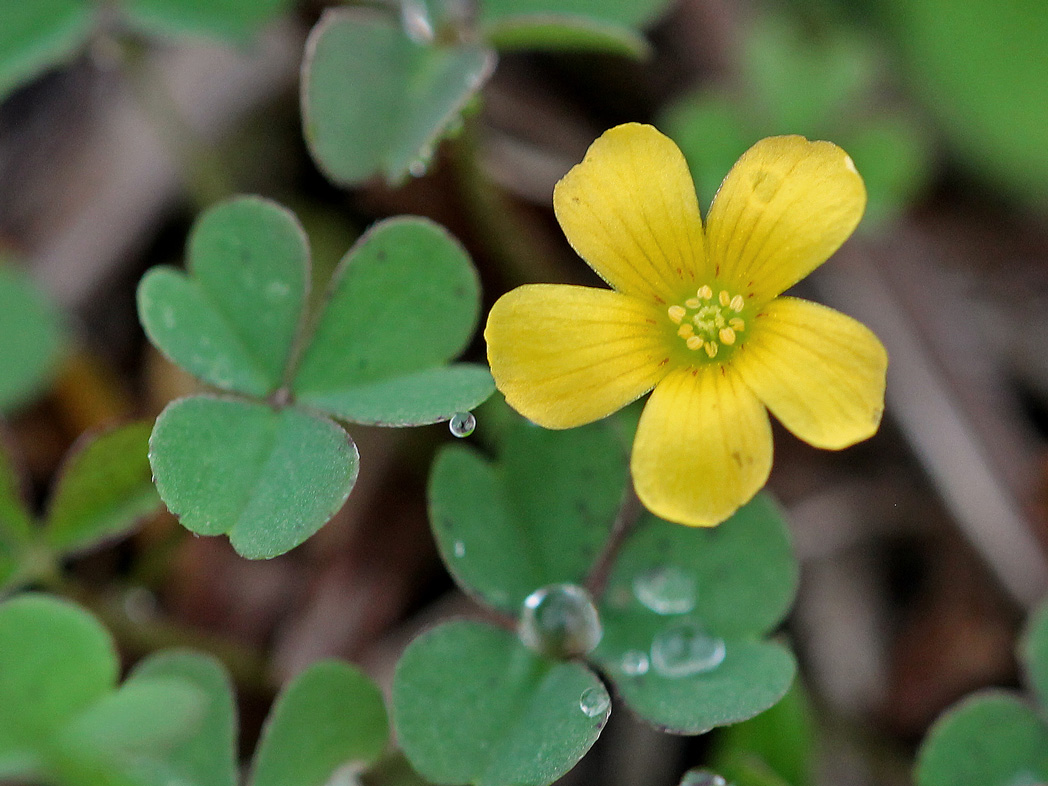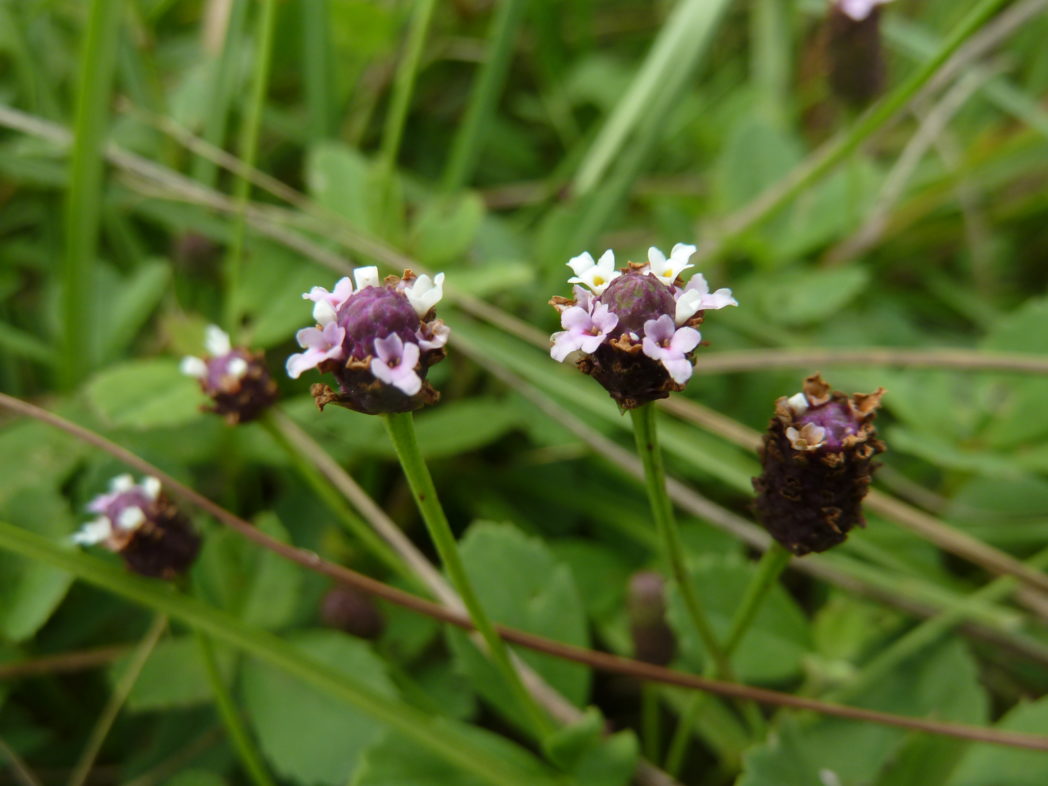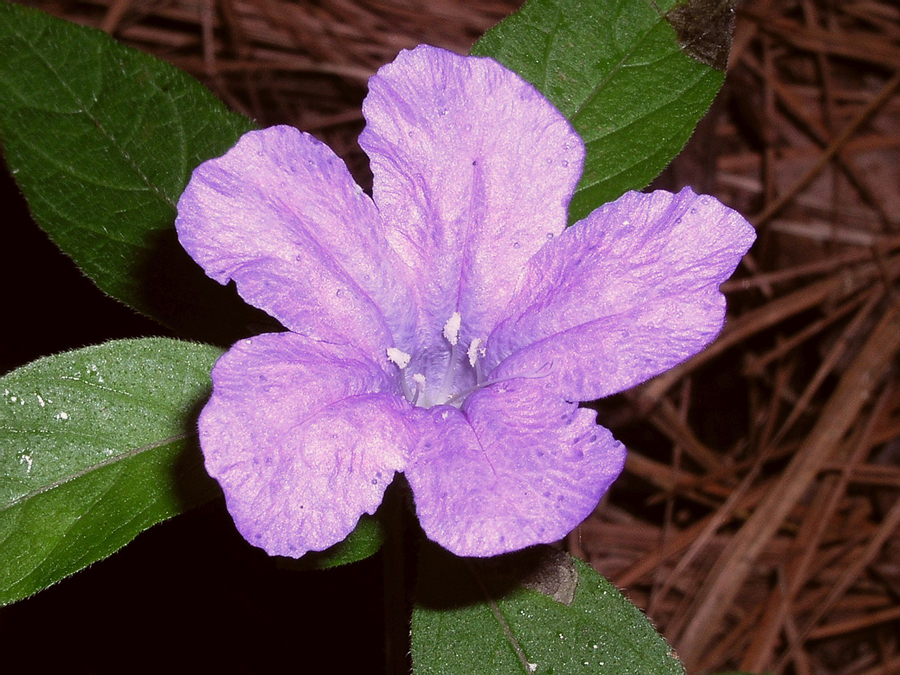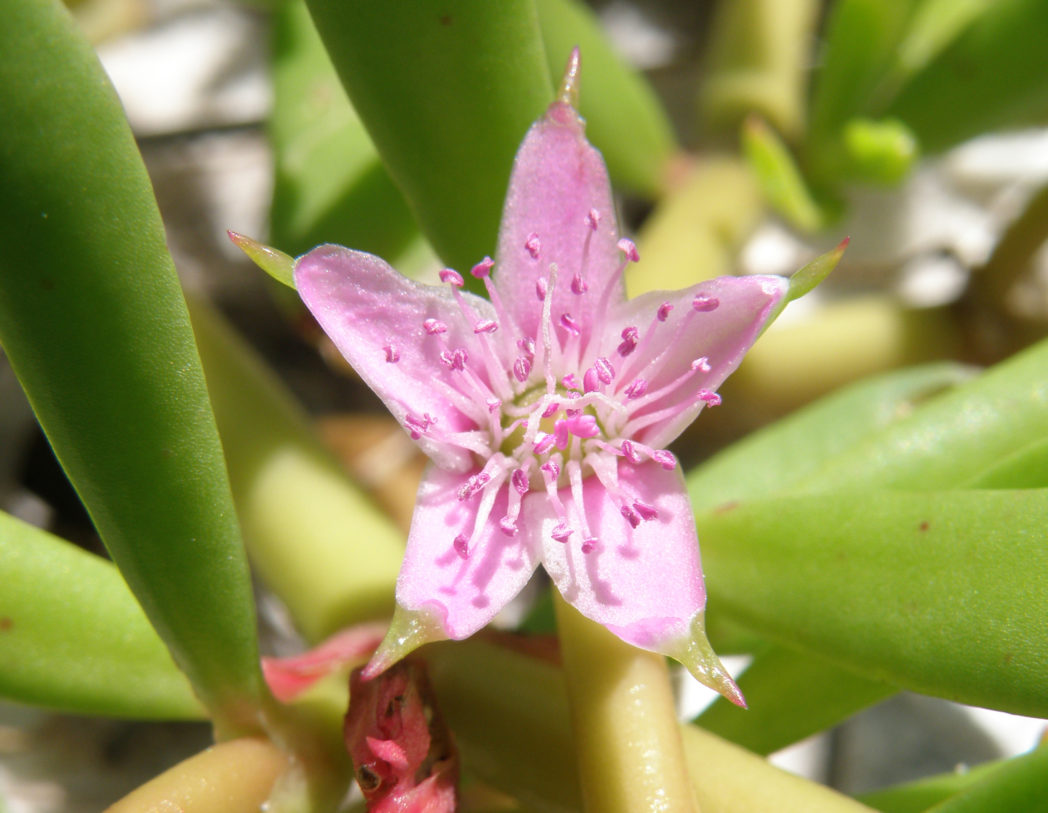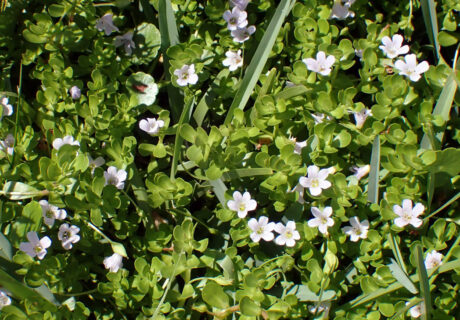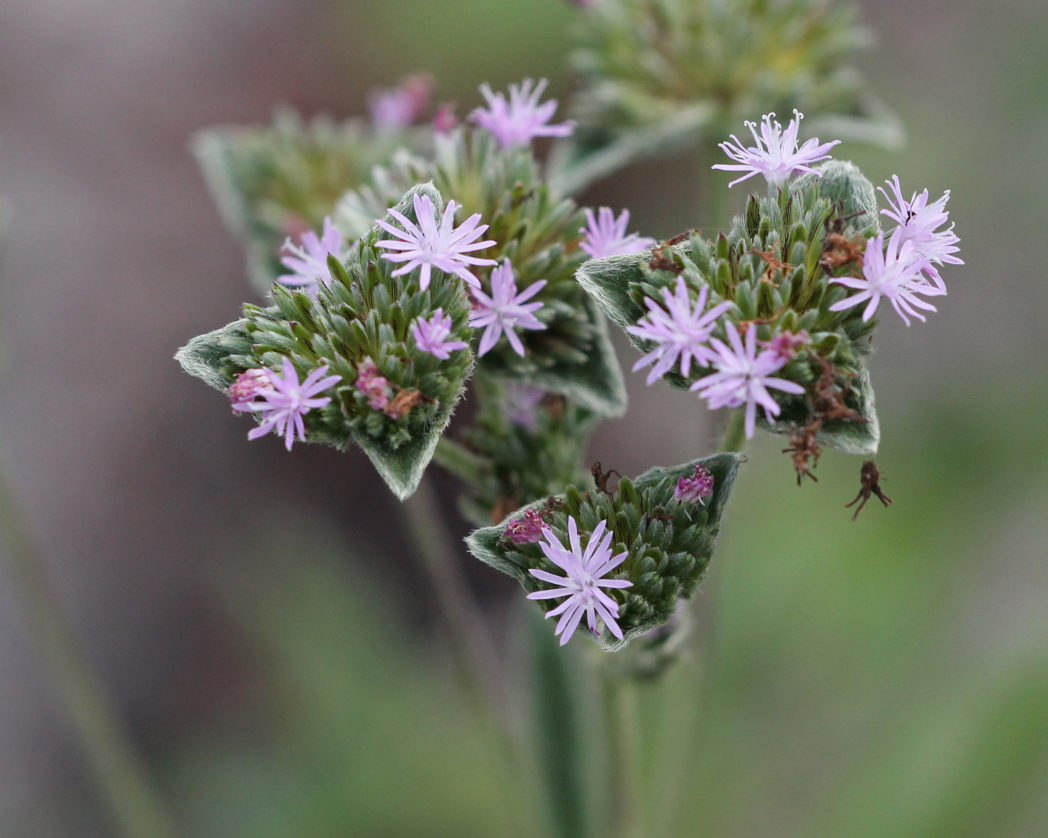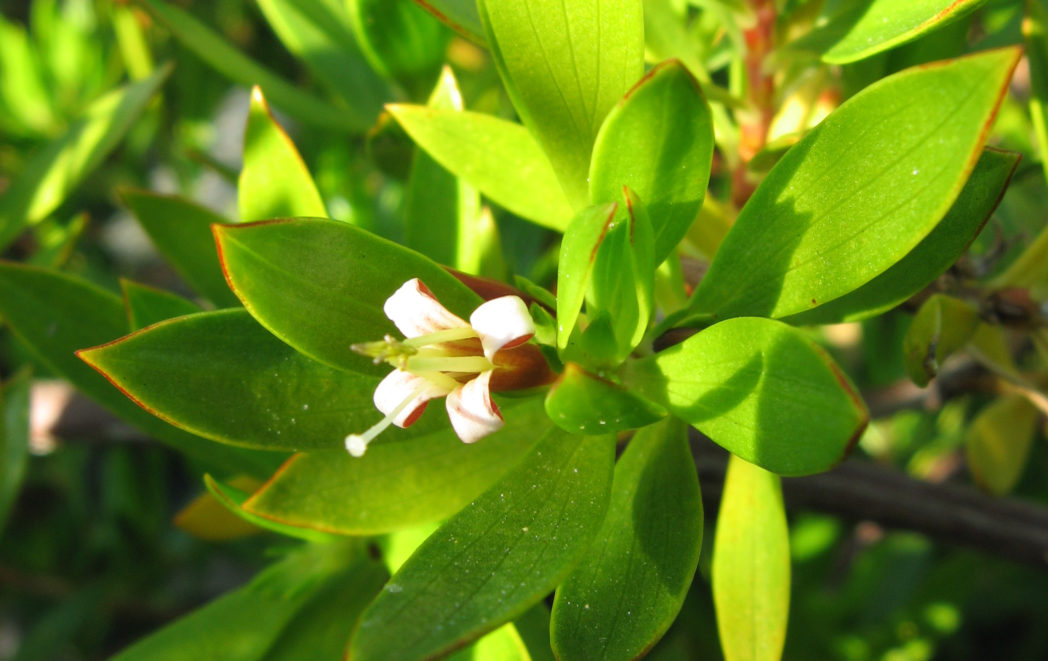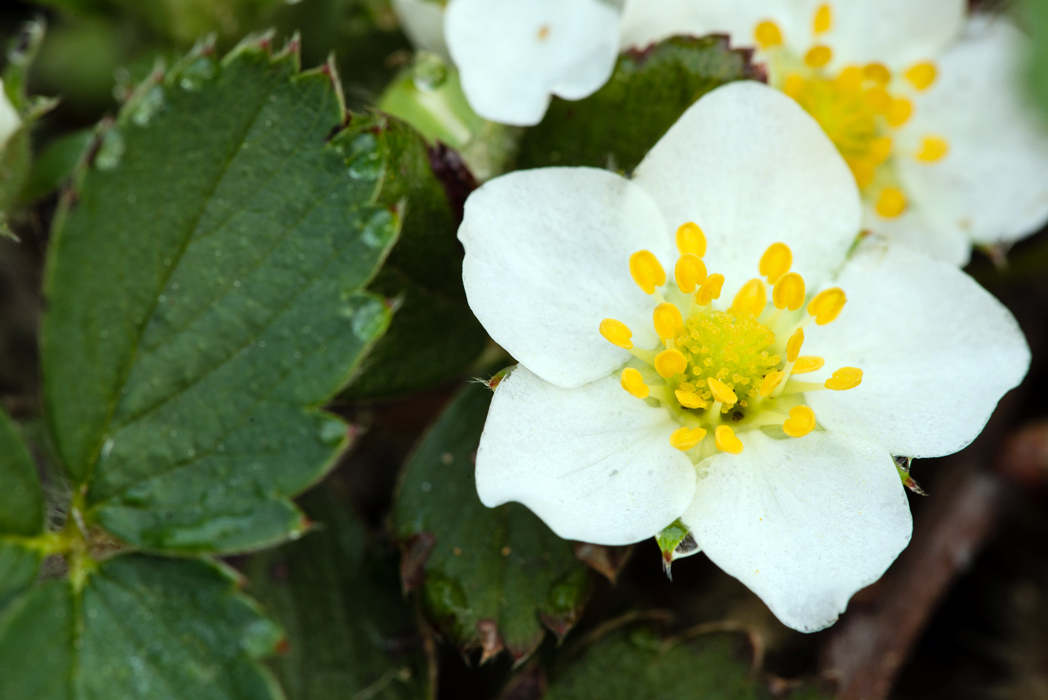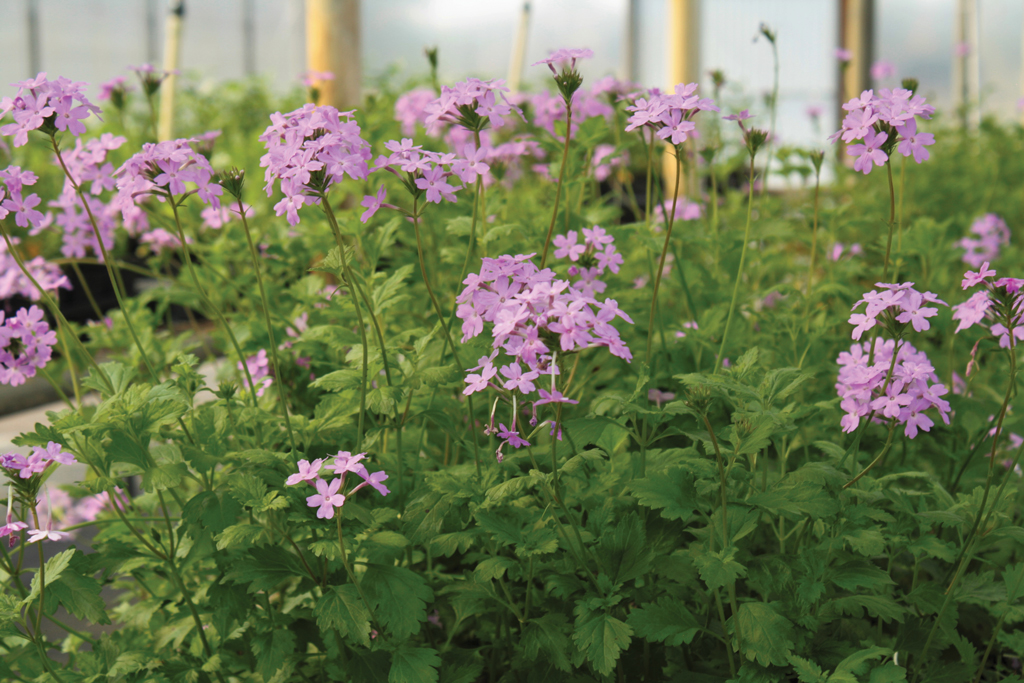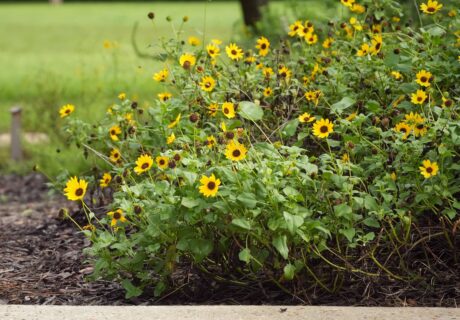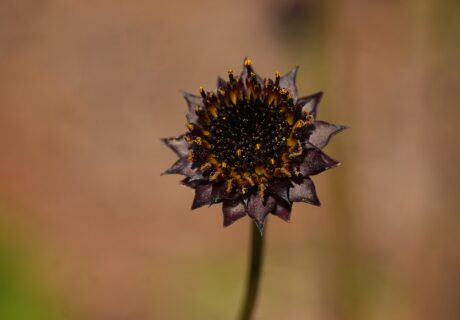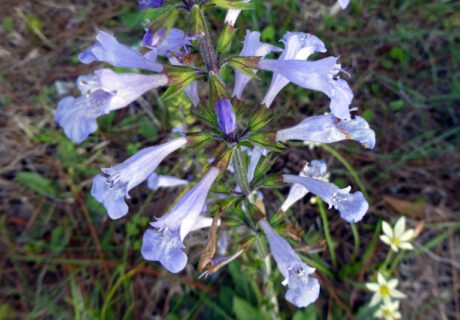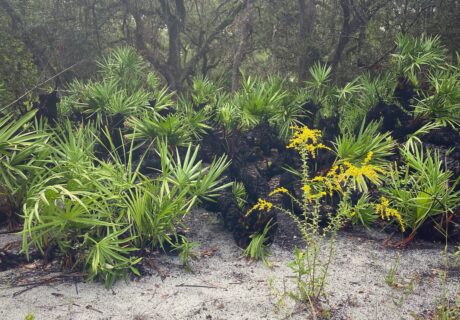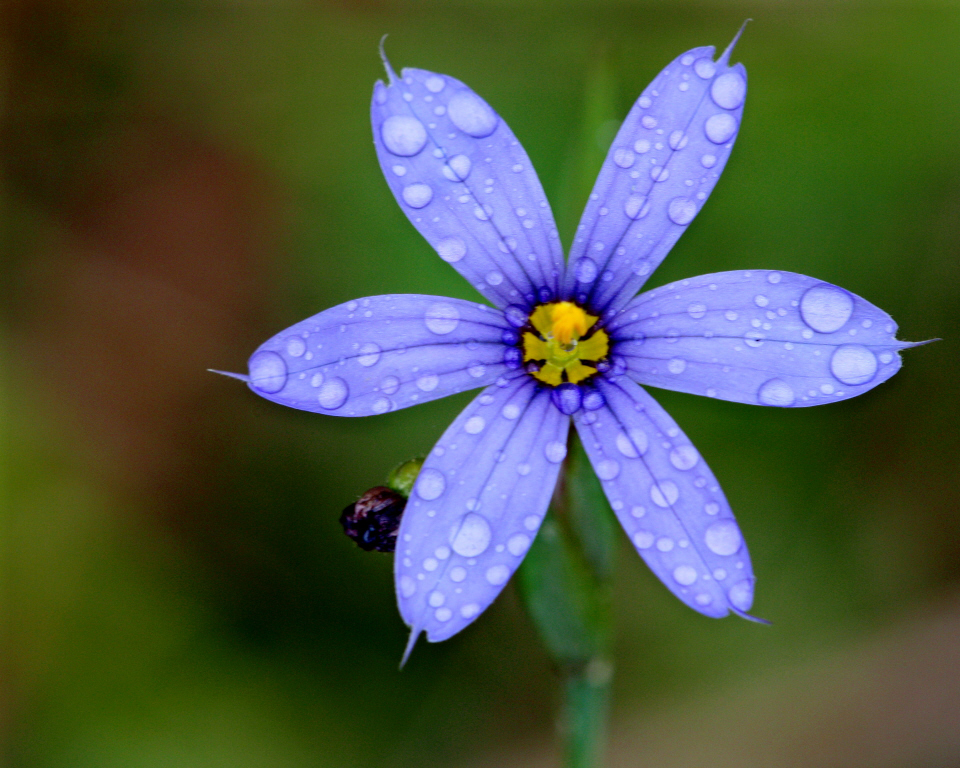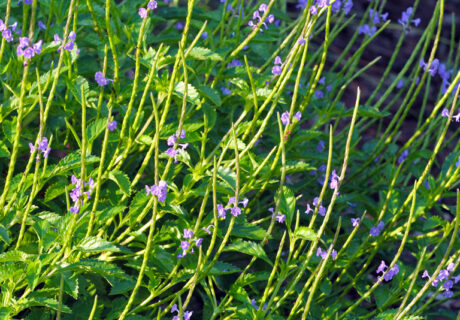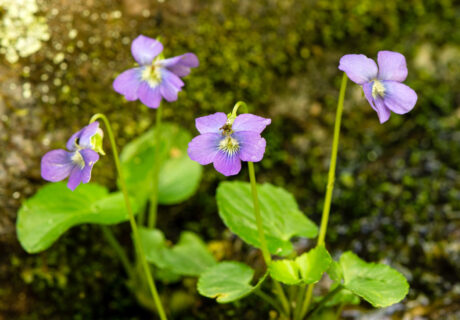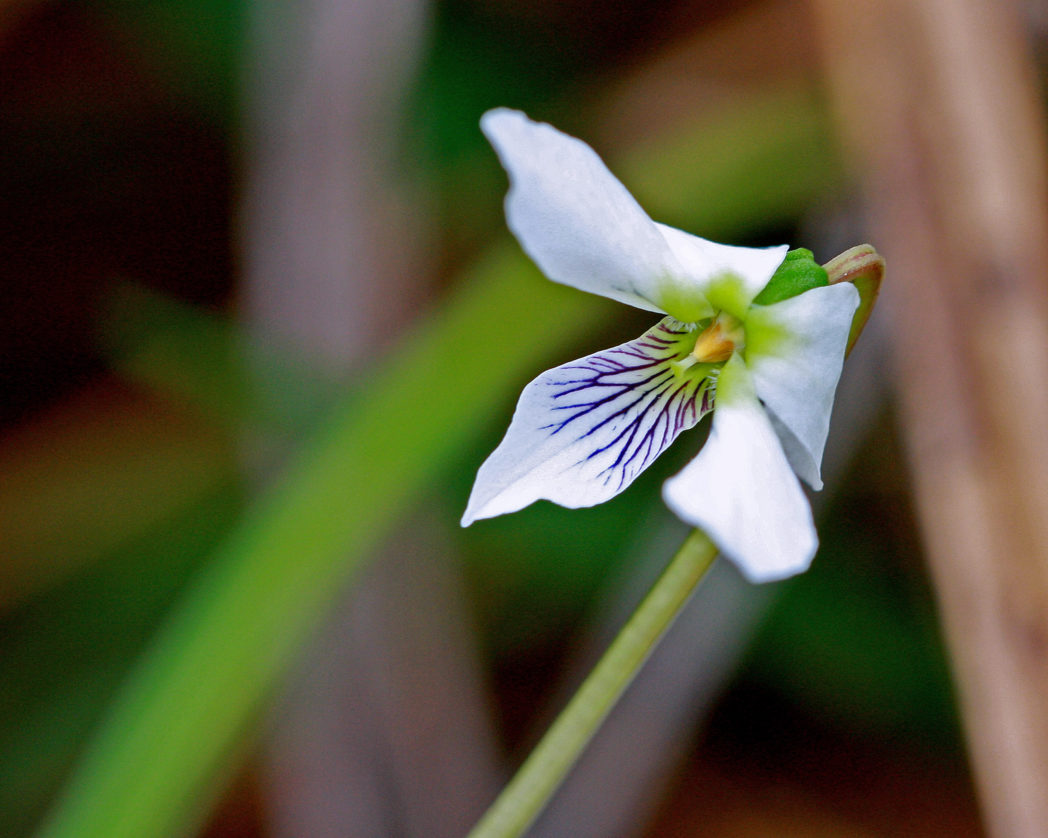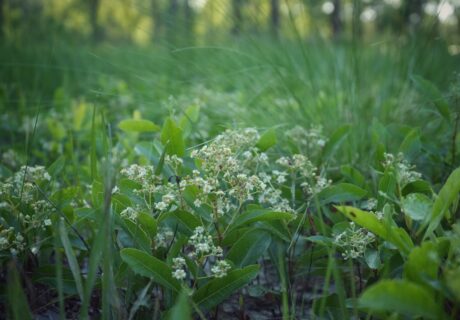Native Grasses and Groundcovers
Landscaping with Florida’s native wildflowers and plants provides refuge for birds, bees and butterflies while creating “habitat highways” through urban settings.
Level up your lawn with native grasses and groundcovers! Traditional turf lawns require excessive water use, fertilizers and often pesticides. Reducing turf by incorporating native plants and replacing open areas with native groundcovers not only benefits wildlife but also helps protect our precious water resources.
Grasses
In natural areas, Florida’s wildflowers grow among a wide diversity of native grasses. Together, they keep each other upright aboveground, while below, they weave a strong network of roots that stabilize the soil.
When incorporated into a home landscape, grasses can contribute structure and texture, and also increase the diversity of wildlife by creating cover for small animals and insects and providing seeds for birds.
Groundcovers
Native groundcovers are more beneficial and cost effective than traditional turf. Mowing frequency is substantially reduced, and the need for fertilizers, pesticides and excessive watering is eliminated. Flowering groundcovers also provide food and cover for pollinators.
Plan for success
- Determine the light and soil conditions of your landscape and select appropriate species that are native to your region.
- Consider the plants’ mature sizes and forms and space them accordingly to prevent overcrowding.
- If desired, create borders to contain groundcover plants and keep them from spreading.
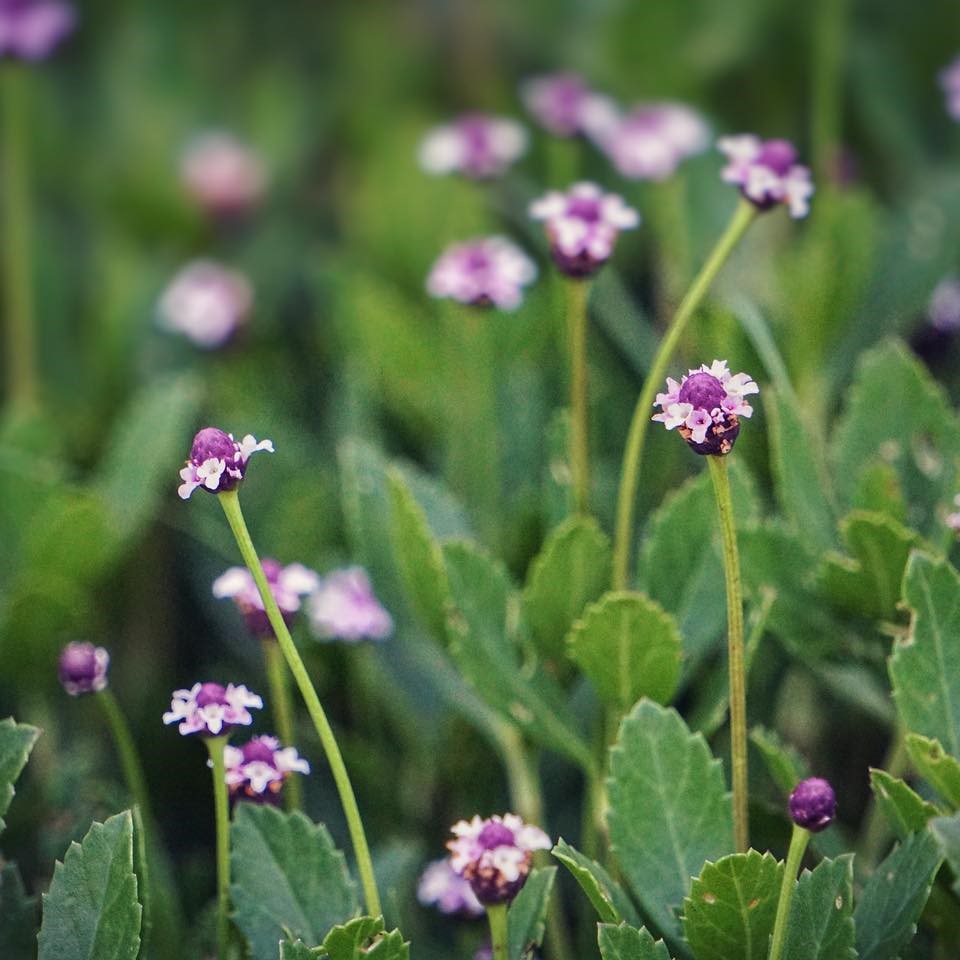
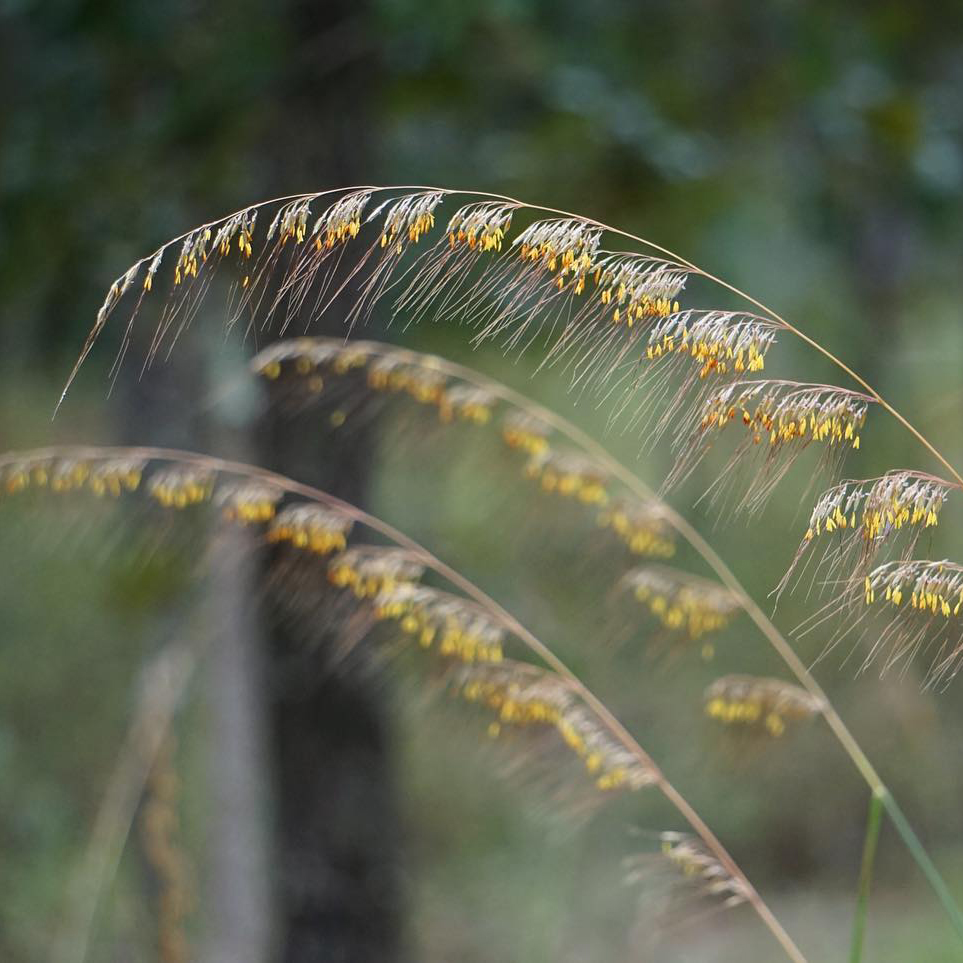
by Emily Bell
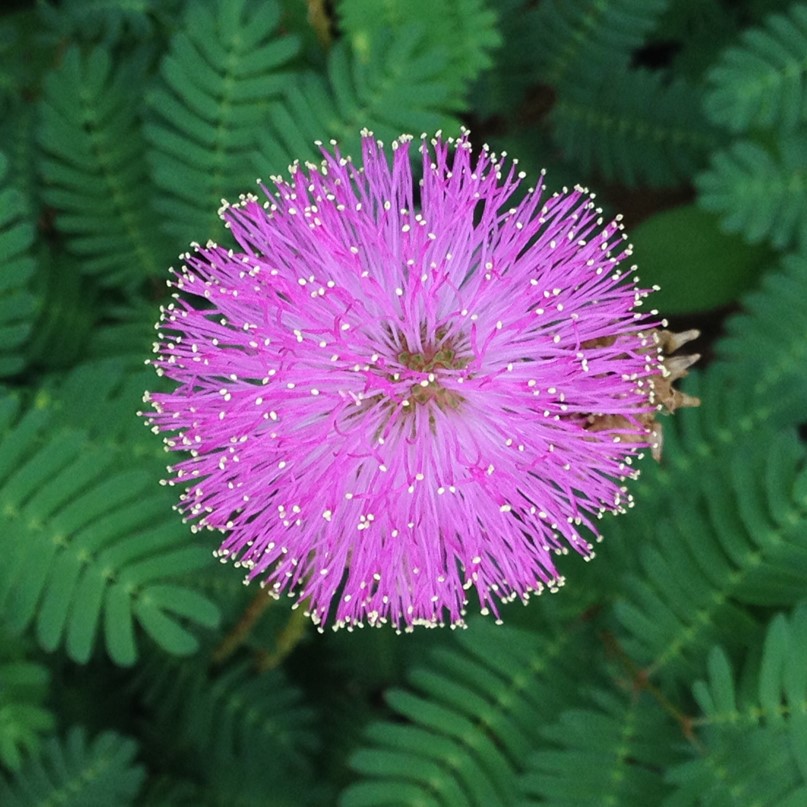
Turf removal tips
If your goal is to replace your traditional lawn with a native groundcover, you will first want to remove the existing turf. This can be accomplished through a number of methods:
- Solarization involves covering the turf with clear plastic to trap heat from the summer sun, creating high temperatures that kill the grass and weeds beneath. When done properly, it is the most effective way of eliminating turf. Visit FlaWildflowers.org/solarize to learn more.
- Sheet mulching entails layering biodegradable material like cardboard, newspaper or soil over turf to block sunlight and smother the turf, eventually breaking it down. This process may take several months, so consider it during late fall or winter so the site will be ready for spring planting.
- Mechanical removal involves using equipment like a sod cutter or tiller to physically cut through roots and separate turf from soil. Sod cutters can often be rented from hardware stores.
- Manual removal is a labor-intensive process of digging, hoeing or hand-pulling turf and its roots. It is best utilized in smaller areas or where other methods are impractical.
Visit www.FlaWildflowers.org/turf-removal for more details on how to effectively remove turf.
Grasses and grass-like plants
Wiregrass
Elliott’s lovegrass
Muhlygrass
Starrush whitetop
Lopsided indiangrass
Other grasses
Plants for turf replacement
Browne’s savory
Carolina ponysfoot
Oblongleaf twinflower
Sunshine mimosa
Partridgeberry
Creeping woodsorrel
Frogfruit
Wild petunia
Shoreline seapurslane
Herb-of-grace
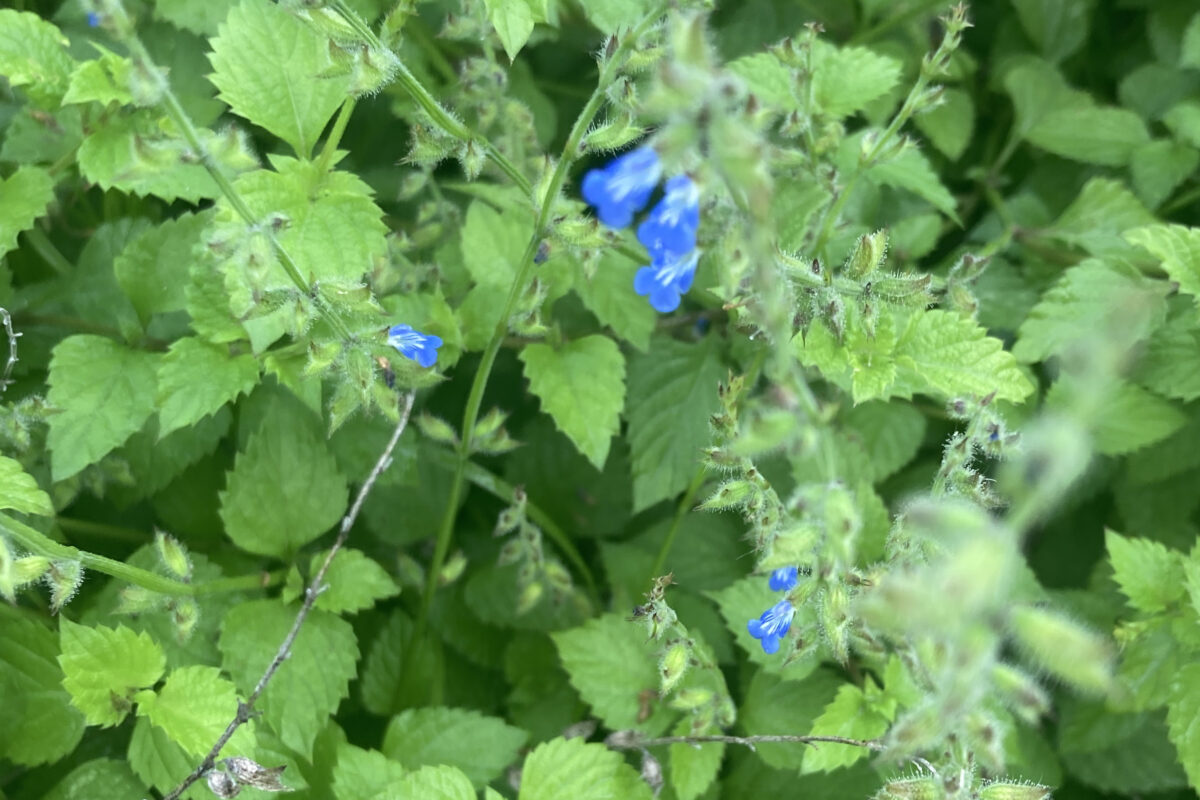
Creeping sage
Creeping sage (Salvia misella) is an excellent groundcover for shady areas.

